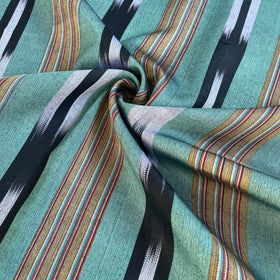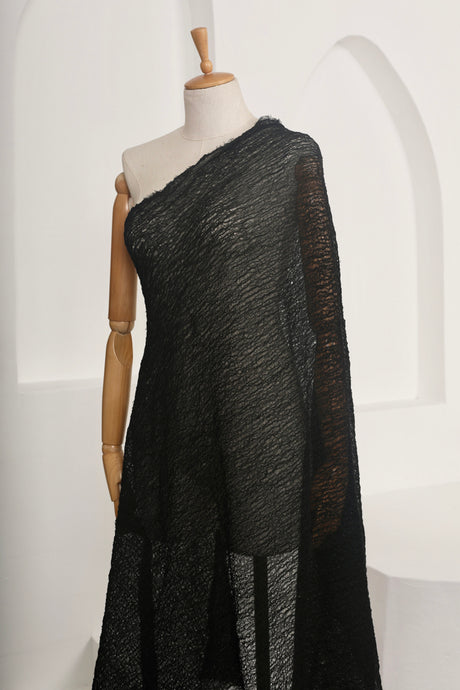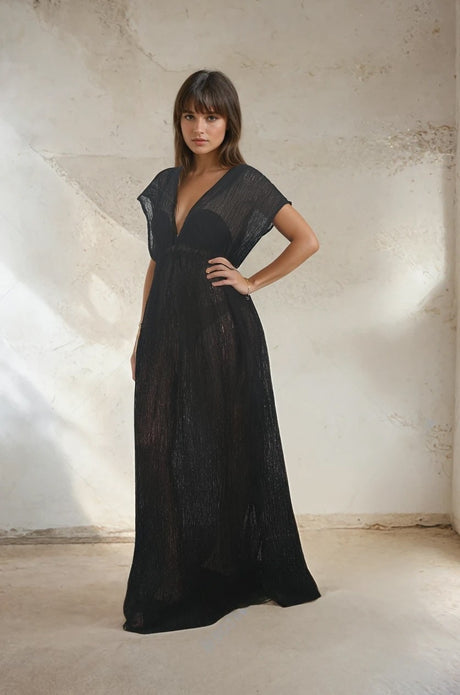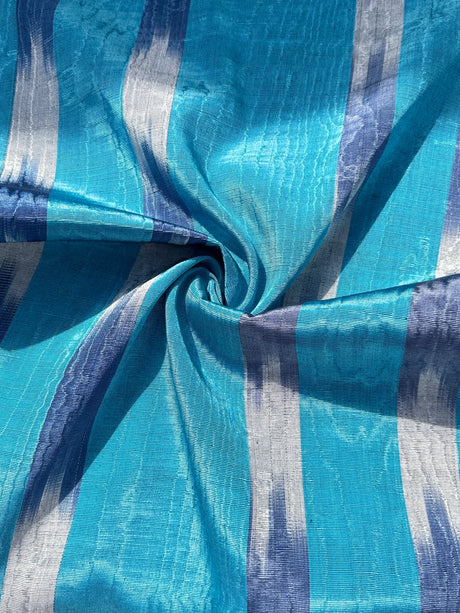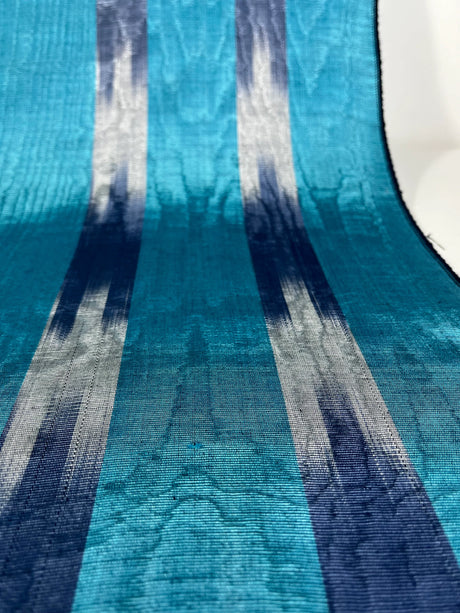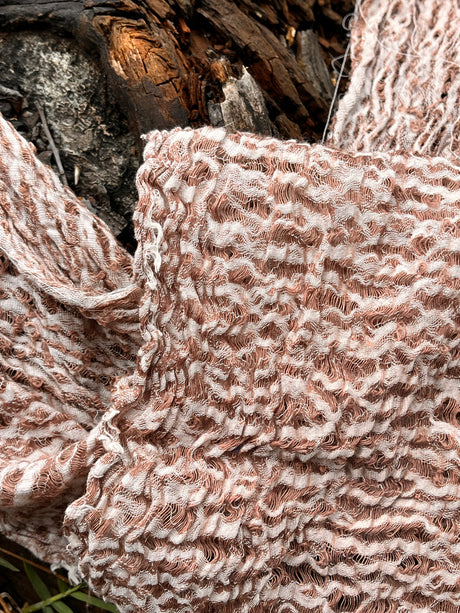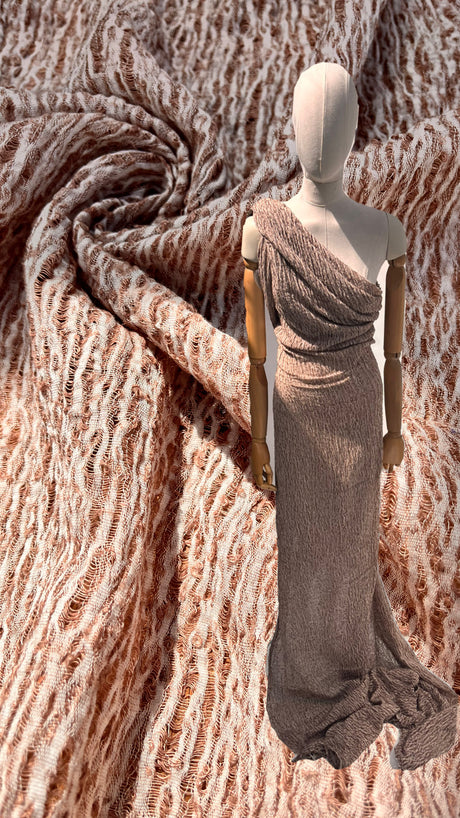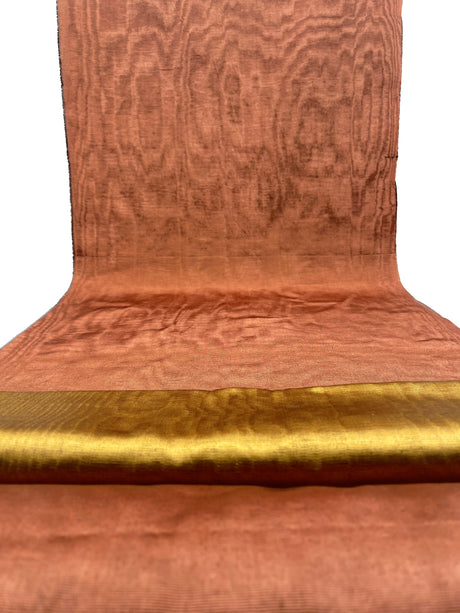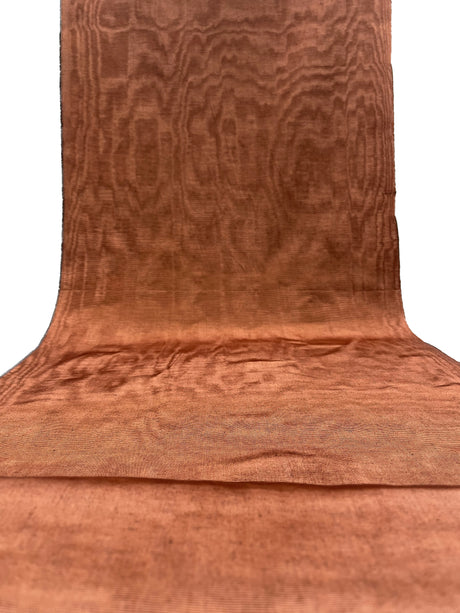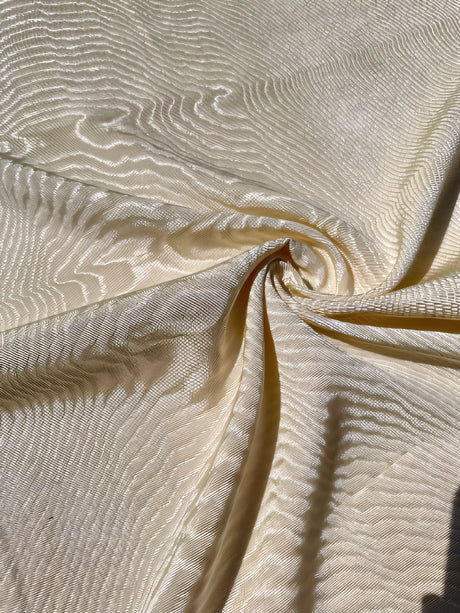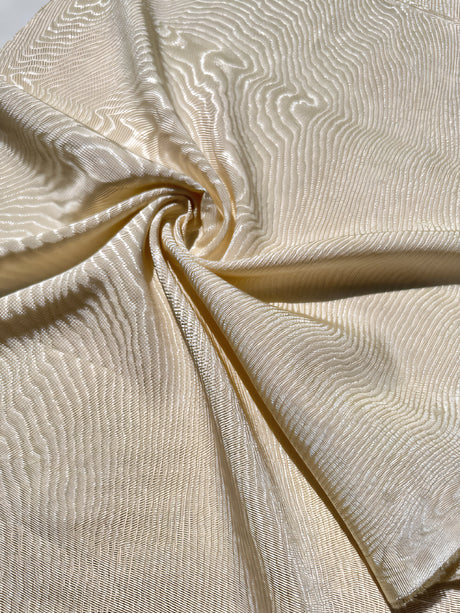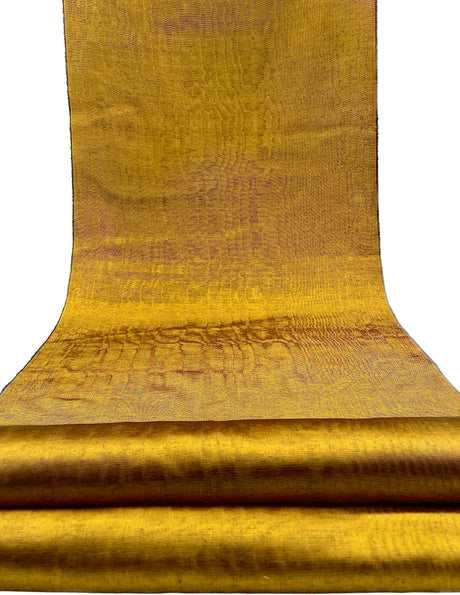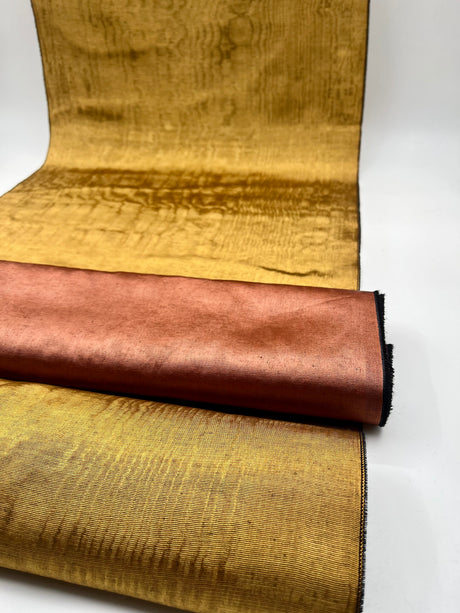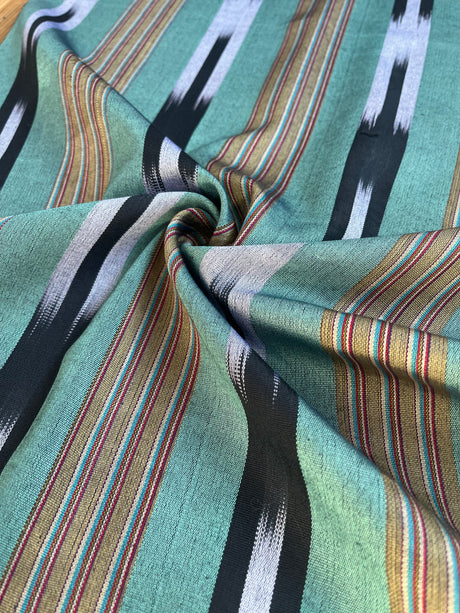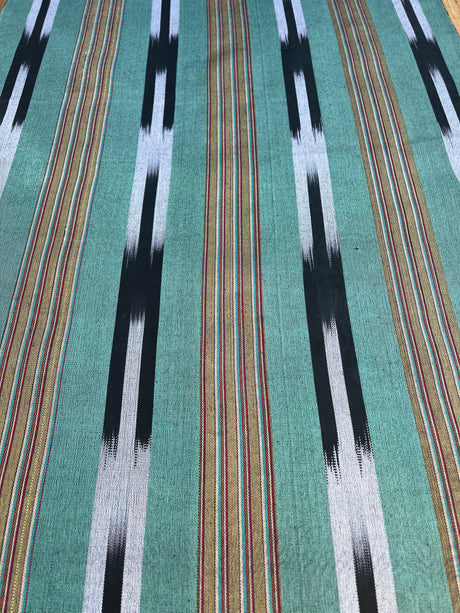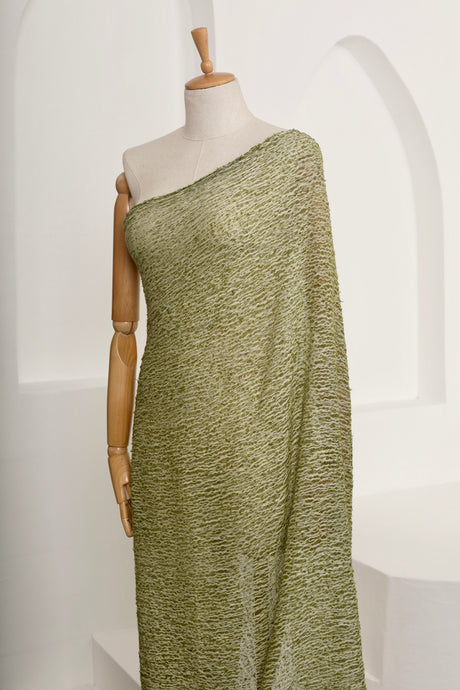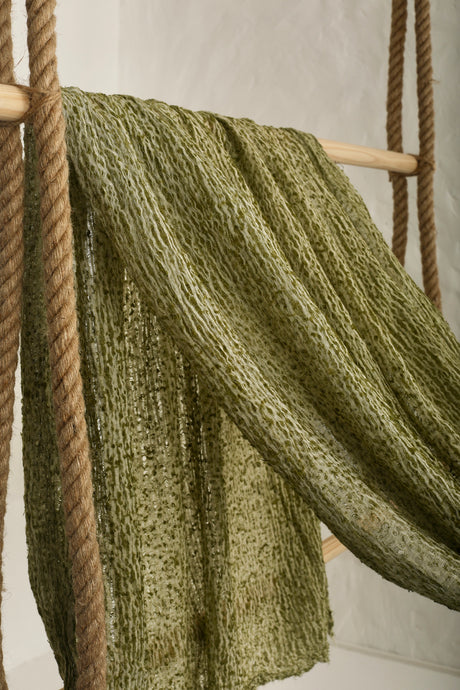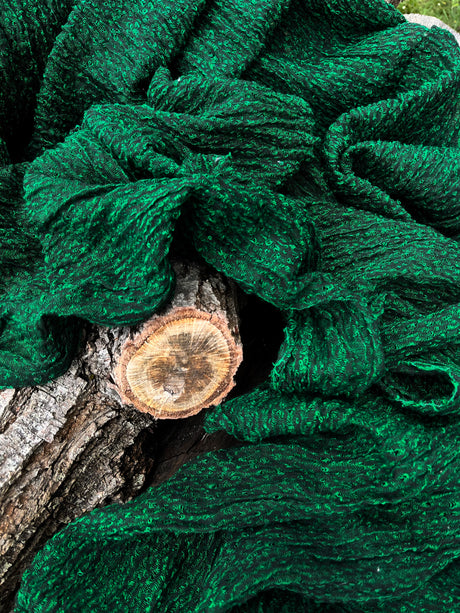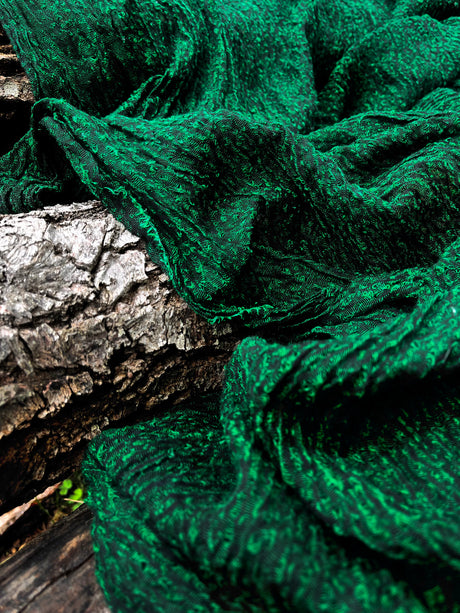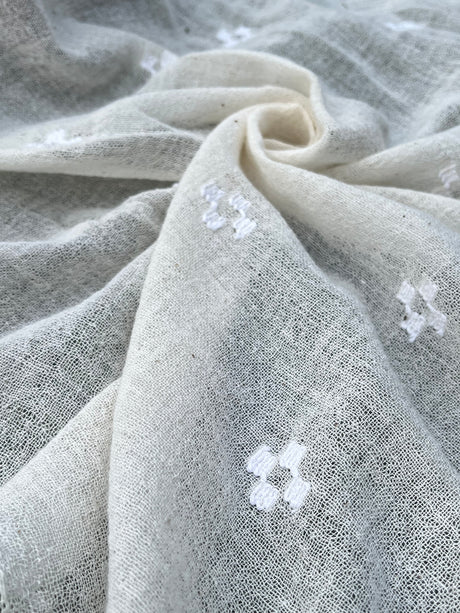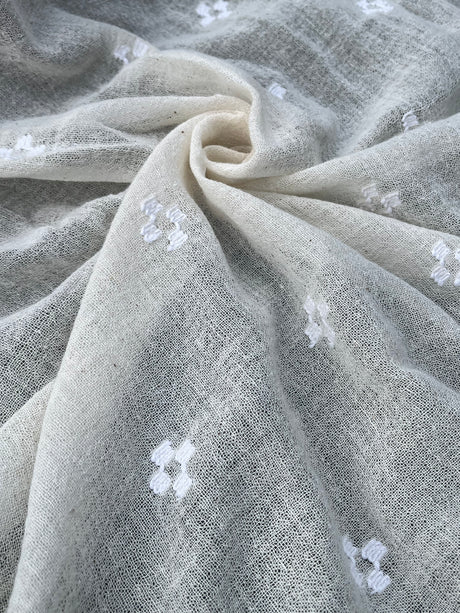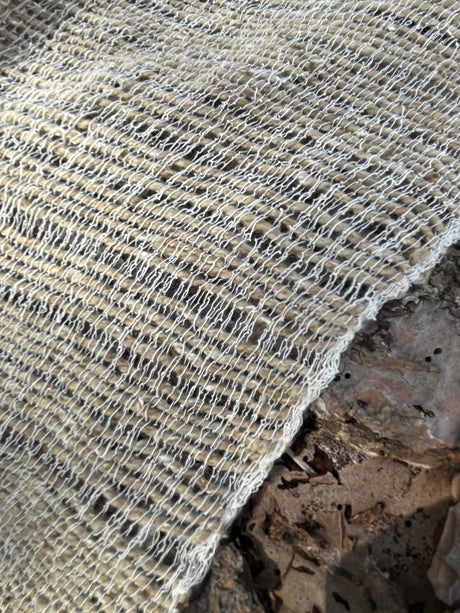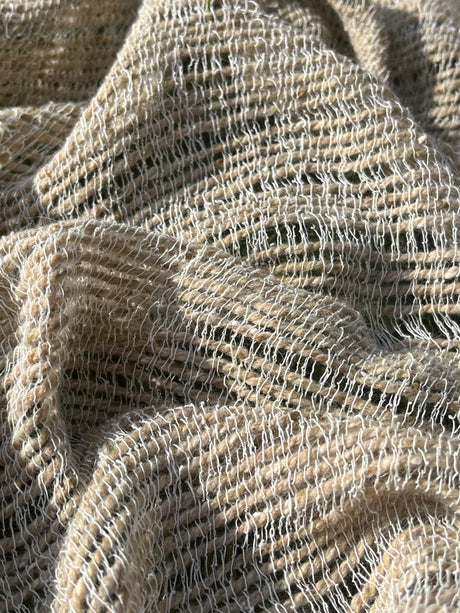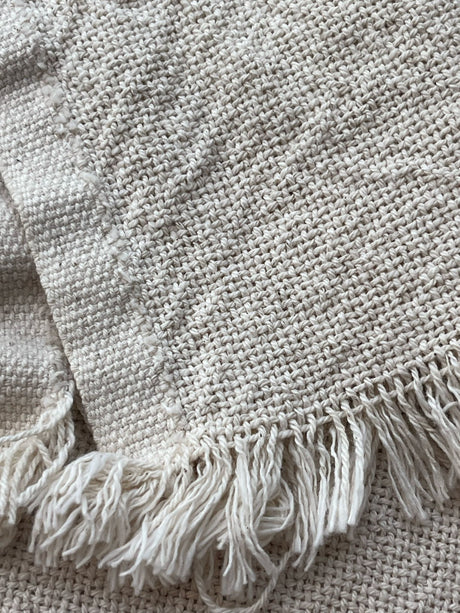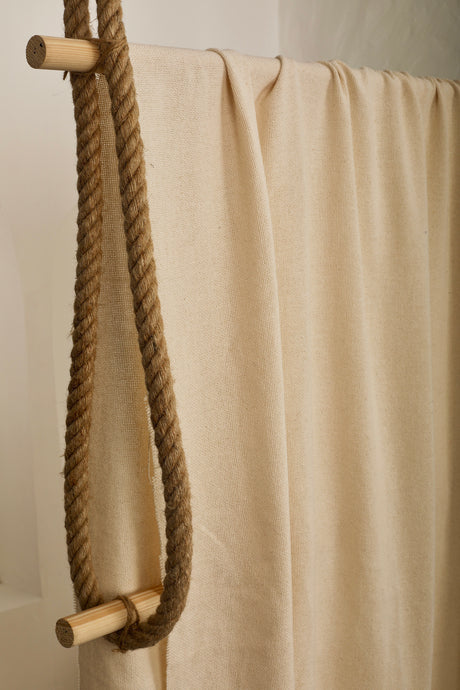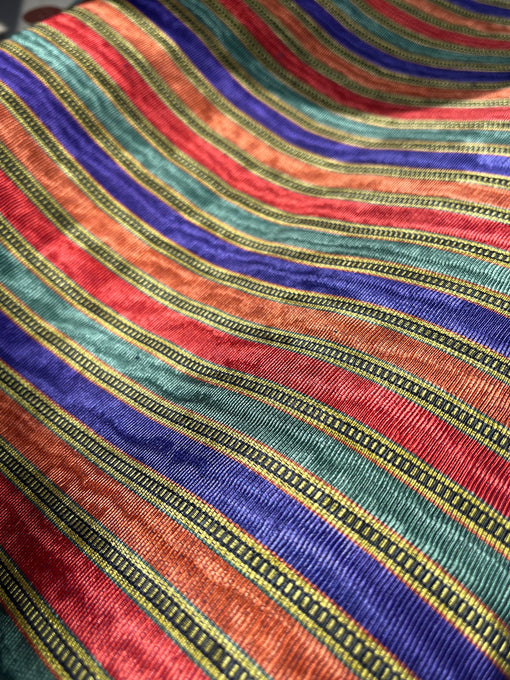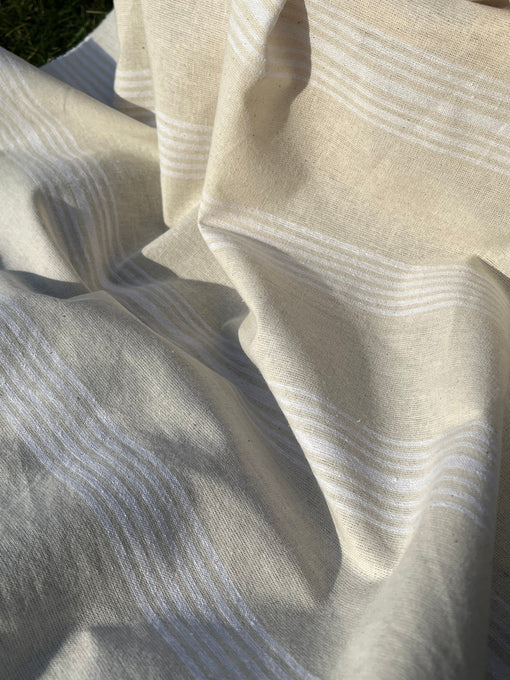
- Article published at:
- Article author: Yasemen İnan
- Article tag: Anatolian fabrics
- Article comments count: 0
Buldan Fabric: The Heritage of Anatolian Weaving
At Anatolian Textures, we value fabrics that carry both tradition and comfort. One of the most iconic Anatolian textiles is Buldan fabric, a handwoven material that has been produced for centuries in the town of Buldan, located in Denizli, Turkey.
What Is Buldan Fabric?
Buldan fabric is traditionally made from fine cotton threads, woven into soft, lightweight textiles that are perfect for warm climates. Known for its breathable and natural structure, it has long been used for everyday garments and household items.
A Rich History of Weaving
The town of Buldan has been a center of weaving since the Ottoman period, with artisans passing down techniques from generation to generation. This heritage has made Buldan one of the most recognized names in Turkish textiles.
Characteristics of Buldan Fabric
🌿 Breathable & Lightweight – Keeps the body cool in warm weather.
✨ Natural Look & Feel – Made with fine cotton, often undyed or in soft tones.
🧵 Handwoven Texture – Each piece carries subtle variations that make it unique.
🏡 Versatile Use – From clothing to home textiles.
Common Uses
Buldan fabric is widely used for:
Summer clothing such as dresses, shirts, and kaftans
Scarves and shawls
Home textiles like curtains, towels, and tablecloths
Buldan and Gauze Fabric: Similarities & Differences
While Buldan fabric has a denser weave compared to gauze fabric, light Buldan weaves can show a similar softness and airy quality. Both fabrics are breathable and comfortable, making them ideal for summer wear and delicate textiles.
At Anatolian Textures, we celebrate Buldan fabric as part of the rich Anatolian weaving heritage, connecting the past with contemporary design.
👉 Explore related Anatolian fabrics:
Read about Gauze fabric, known for its airy texture
Learn about Dastar fabric, another timeless weave
Learn More

